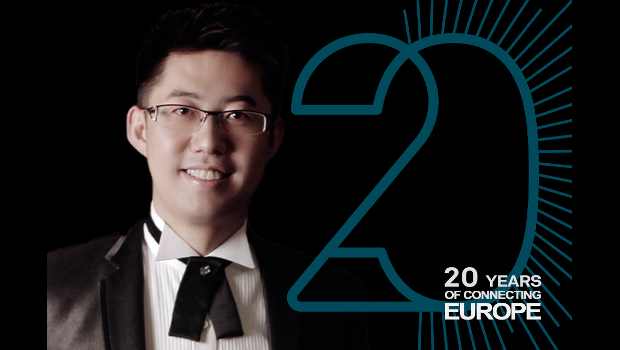
Building the Future: How ICT enables livable cities
In association with Huawei
With global urbanisation steadily accelerating, today 50% of the population and 70 percent of Gross Domestic Product (GDP) come from cities.
Subsequently, cities are faced with mounting pressure from the challenges associated with growing urbanization: Public safety, resource imbalance, traffic congestion, environmental pollution and energy shortage, to name a few. To tackle some of these challenges, the Smart City concept has been developed as a strategy for sustainable urban development, directly impacting the livability of a region.
Addressing the challenges of globalisation
A growing number of countries worldwide are building Smart Cities via an array of leading-edge ICT technologies such as cloud computing, the Internet of Things (IoT), Big Data, and mobility. These technologies aggregate, share, and converge city-wide resources to provide real-time, efficient, and intelligent information services. Thusly, Smart Cities are reshaping the ways in which public services are provided and managed, transforming how residents travel, work, study, interact, consume products and services, and entertain.
In the Smart City sector, Huawei works with partners to develop state-of-the-art solutions in a variety of industries, including public safety, energy, transportation, education, healthcare, and on campus. From technology innovations to creating an open platform, Huawei aims to build a comprehensive Smart City ecosystem. Serving over 100 cities in more than 40 counties, Huawei currently provides a wide range of ICT products and solutions, including IoT communications modules and operating systems, wired and wireless access, agile networks, cloud-based distributed data centers, and Big Data platforms.

Technology serves as a strategic lever for urban development
Smart City leaders all over the continent are beginning to embrace technology not as a cost centre tied solely to operational efficiencies but as a strategic investment tied to programmatic outcomes, new services, and economic development. The European innovation partnership on smart cities and communities (EIP-SCC), for example, is an initiative supported by the European Commission that brings together cities, industry, small business, banks, research and others. It aims to improve urban life through more sustainable integrated solutions and addresses city-specific challenges from different policy areas such as energy, mobility and transport, and ICT.
Business and residents that operate in the global digital economy want to know what continued future investment cities will be making for progress in these areas while tourists look for a city that is safe and easy to navigate.
These investments require a level of innovation to test emerging technologies, and the ability to work with new combinations of partners, from universities to operational and IT companies to real estate developers and urban planners, and to be transparent and open around the impacts of new technologies.
An increasing number of European cities are therefore working on a smart vision, or have already articulated one, and leading cities have shown that investment in this area can lead to success. Cities are using open data and neighborhood labs to test technologies and bring more tech sector companies to the city as well as providing free benefits to the public, such as high-speed Wi-Fi.
A city’s most important stakeholder? Its residents
In addition to the technology layers, a Smart City requires proper representation and integration of the city’s various stakeholders (ie the public sector, planners and developers, utilities, ICT and infrastructure providers, private companies, and investors), with the most important stakeholder being the resident. As a result, Smart City deployment is a complex socio-technical endeavor that requires systematically incorporating organisational, financial, social, operational, technology, and psychological components in the context of the human, social, business, political and physical environments in which they will be used.
Smart City technologies are differentiators for the cities that deploy them. Huawei believes that these technologies and initiatives will play a key role in helping municipalities tackle these growing challenges and compete more effectively in a global digital economy. Smart Cities harness the power of technology and drive local innovation to create jobs, provide a safe and high quality of life for residents, and attract talent, tourists, and visitors. In order to do this, however, city leaders need concrete strategic plans, investment strategies, and better information on the best practices of successful Smart City implementations to reduce risk and improve outcomes.
The potential impact of a Smart City transformation should not be understated. With current and projected urban population, these solutions can touch the majority of people in the world making them safe and supporting most of the global economic growth. With quality of life improvements as a fundamental tenet of smart cities, it is now up to cities to leverage data, technology, and people to affect change and design their cities. Huawei is committed to promoting the development of open Smart City platforms, achieving better livelihood and better industry in cities all around the world.
Jason Li is vice president of public affairs & communications department, Western Europe, for Huawei Technologies.






Subscribers 0
Fans 0
Followers 0
Followers